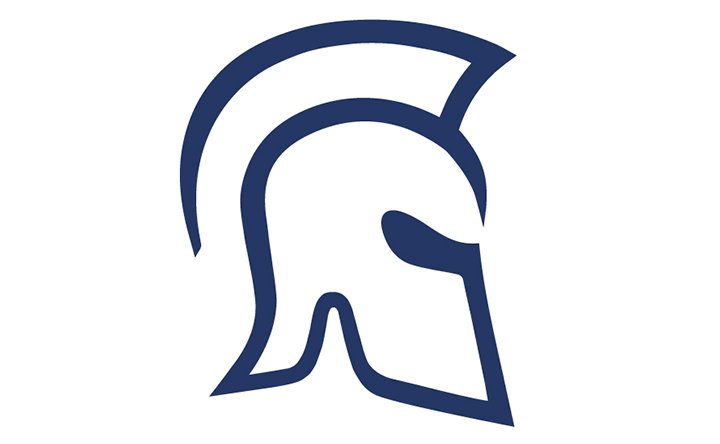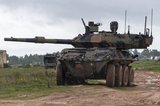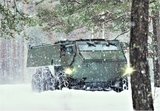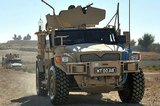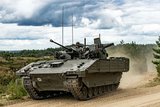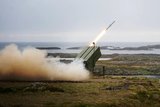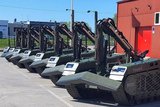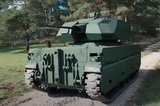AUSA Winter: GDLS outlines Stryker status
General Dynamics Land Systems (GDLS) has completed underbelly blast testing of the ‘double-V hulls’ for the Stryker Infantry Carrier Vehicle (ICV) variant as well as the first phase of reliability testing.
Speaking to Land Warfare International at the US Army Winter Symposium, Mike Cannon, senior vice president of ground combat systems for GDLS, said the reliability, availability, and maintainability (RAM) tests encompassed 3,000 miles on one of the ICVs.
‘We had very good results on all of that and we are in the middle of an operational test with four of the production vehicles out at the NTC [National Training Center], where soldiers in the 1 – 25 are driving those around,’ Cannon said.
‘So that is all going very, very well and leading to the decision by the army – either late this month [February] or early next month [March] – to actually deploy the vehicles for the next rotation in Afghanistan.’
He continued: ‘We’re in the middle of the production of the first 150 that could be deployed. And we will deliver those by the middle of May, so that they can be deployed by June. So, if the army decides, we will have double-Vs in Afghanistan as theatre provided equipment. And there is a requirement for that first set of theatre provided equipment of 450 vehicles. And we will complete building those by about February of next year.’
Vehicle variant sequence for production begins with the ICV Heavy, then the Command Vehicle, the Engineer Vehicle, the Mortar Carrier, and the Medical Evacuation Vehicle.
‘They have foregone the Reconnaissance Vehicle this time,’ Cannon said. ‘So we kitted a place in the additional ICVs for them to put their long range sight in there – the LRAS3.
‘The most complex one is the last one – that’s the ATGM [Anti Tank Guided Missile variant],’ he added. ‘The two variants that are not double-V this time are the two variants that are still not in full rate production: the NBCRV [NBC Reconnaissance Vehicle] and the MGS [Mobile Gun System].’
Asked about a ‘long lead’ timeframe in the event that the army decides to equip a second brigade with the double-V hulls, Cannon acknowledged: ‘They are actually in discussions right now to go for a second theatre provided equipment set. And since 450 [in the first set] includes training vehicles and floats, we believe the number [for a possible second set] is 292 vehicles. And we are expecting a decision on that in conjunction with this [imminent] decision to deploy. So hopefully we will be on contract sometime before May.’
Because the initial Acquisition Decision Memorandum (ADM) for double-V hulls authorised 450 vehicles, it is likely that a second vehicle set would require some type of additional ADM action.
More from Land Warfare
-
![UK government argues strife has little impact on steel supply but imports reign]()
UK government argues strife has little impact on steel supply but imports reign
Speaking in the UK Parliament, Defence Minister Luke Pollard said possible changes in the country’s steelmaking industry will have little impact on defence projects; while much of the steel in British vehicles and ships is imported.
-
![Norway orders improved NASAMS technology as more countries sign up]()
Norway orders improved NASAMS technology as more countries sign up
The country’s air defence batteries will be equipped with new command posts, wheeled communication nodes and radios. The system itself is in service with more than 14 countries with 13 systems in Ukraine.
-
![Ukraine’s ground robot army still finding its feet]()
Ukraine’s ground robot army still finding its feet
Ukraine’s quest to replace soldiers with robots is hitting technical snags. Shephard spoke with industry leaders about difficulties in the field and what solutions are in the pipeline.
-
![DOK-ING presents CUAS MV-8 armed with Valhalla Mangart 25 turret]()
DOK-ING presents CUAS MV-8 armed with Valhalla Mangart 25 turret
The partnership between Croatia’s DOK-ING and Slovenia’s Valhalla Turrets reflects an effort to combine ground robots and with improved capabilities and new roles and follows Rheinmetall presenting its Ox with Dispatch charging docks from Valinor.


